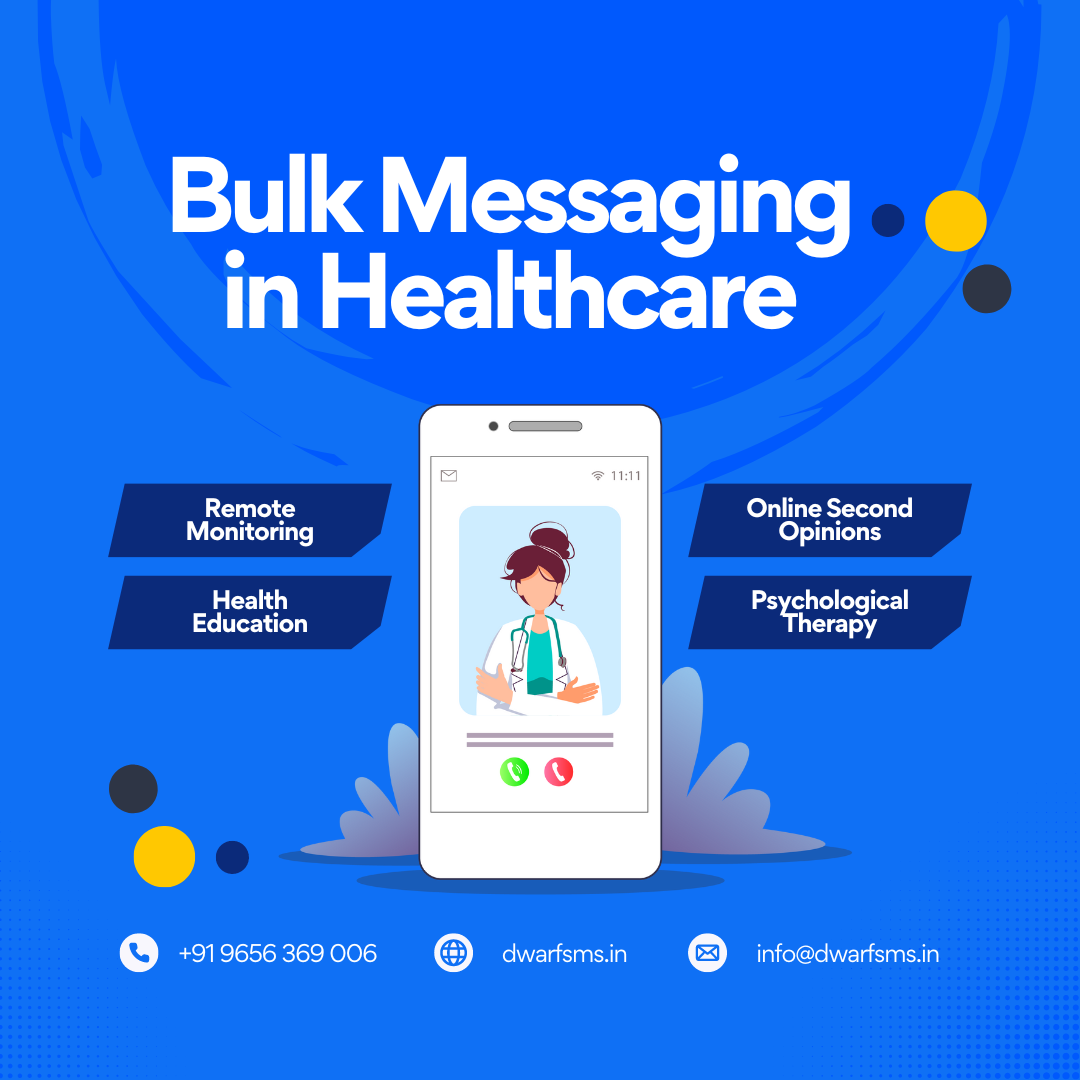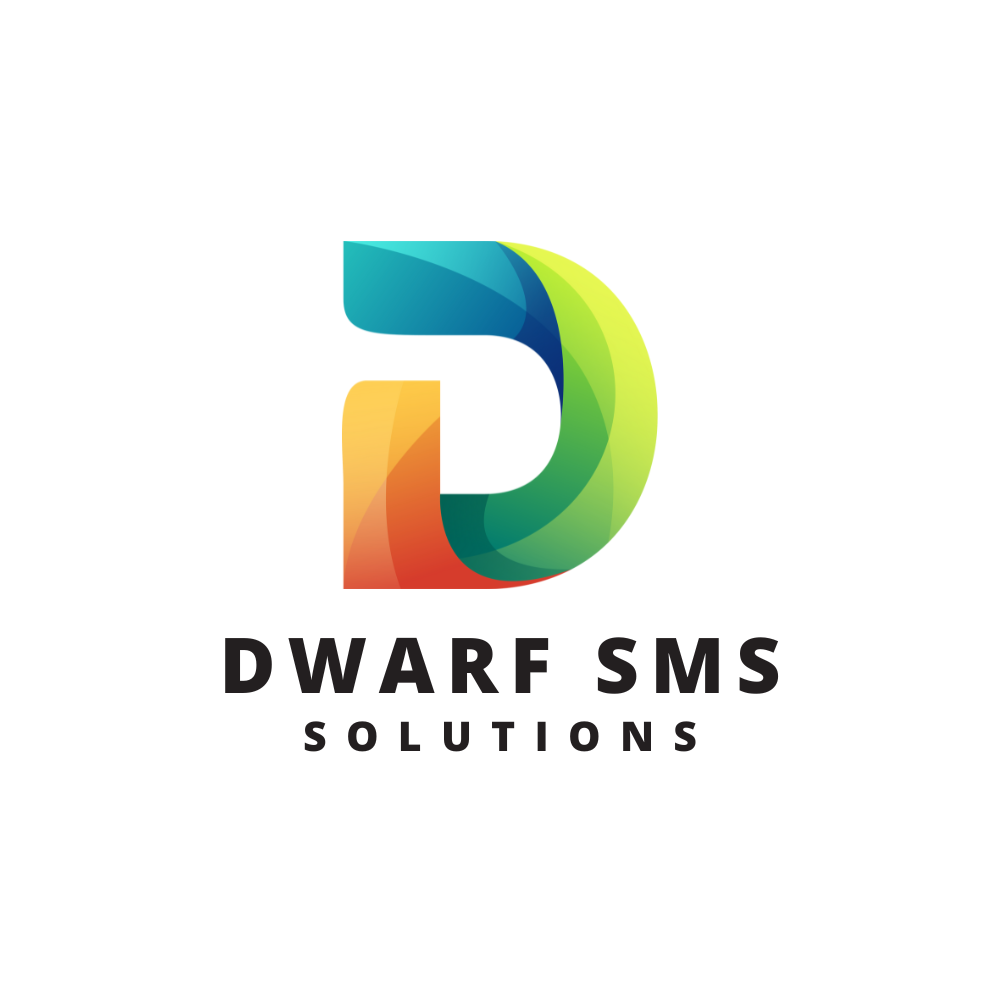
Exploring the Role of Messaging in Healthcare
Why Messaging is Growing in Healthcare
Messaging in healthcare has become more popular recently for several reasons:
- More People Online: Almost everyone has a smartphone and internet access, making messaging a convenient way to communicate with doctors and nurses.
- Need for Quick Communication: Patients want fast responses from their healthcare providers, and messaging allows for real-time communication.
- Remote Healthcare: With the rise of telehealth, messaging is essential for consultations, follow-ups, and monitoring patients remotely.
Benefits of Messaging in Healthcare
Better Patient Engagement: Patients can easily contact their healthcare providers, ask questions, and get quick replies. This ongoing communication helps patients stay involved in their care.
Increased Efficiency: Doctors and nurses can use messaging to answer questions and follow up with patients without needing phone calls or in-person visits, saving time and resources.
Convenience: Patients can get medical advice and updates without traveling to a clinic, which is especially helpful for those with mobility issues or living far from healthcare facilities.
Personalized Care: Healthcare providers can send personalized health tips, medication reminders, and follow-up messages based on each patient's needs.
How Messaging is Used in Healthcare
Appointment Reminders: Automated messages can remind patients of their appointments and let them schedule or reschedule, reducing missed appointments.
Medication Reminders: Patients can get reminders to take their medication and refill prescriptions, which is important for managing chronic conditions.
Telehealth Consultations: Messaging allows patients to discuss symptoms, get medical advice, and share photos or videos with their healthcare providers remotely.
Patient Education: Healthcare providers can send educational content, such as tips on disease prevention, healthy living, and updates on new treatments.
Challenges of Messaging in Healthcare
While messaging has many benefits, it also comes with challenges:
Privacy and Security: Keeping patient information private and secure is crucial. Healthcare providers must use secure messaging platforms that follow regulations like HIPAA (Health Insurance Portability and Accountability Act).
Miscommunication: Messaging lacks face-to-face cues, which can sometimes lead to misunderstandings. Clear and simple communication is important.
Technology Barriers: Not all patients are comfortable using messaging technology. Providers must offer alternative communication methods for those who need them.
Integration with Health Records: Messaging platforms should be integrated with electronic health records (EHR) systems to keep comprehensive patient records and ensure continuity of care.
The Future of Messaging in Healthcare
The future of messaging in healthcare looks bright, with technology continuously improving and more people accepting it. Artificial intelligence (AI) and machine learning (ML) will likely enhance messaging capabilities, making communication even more effective.
For example, AI-powered chatbots can quickly respond to common patient questions, assess symptoms, and help manage chronic conditions. Predictive analytics can identify patients at risk of not following their treatment plans, allowing healthcare providers to intervene early with targeted messages.
In conclusion, messaging is becoming a powerful tool in healthcare, improving patient engagement, efficiency, and convenience. However, it's important to address the challenges and use messaging securely and effectively. As technology evolves, messaging will play an increasingly vital role in healthcare, helping to improve patient outcomes and the overall delivery of care.

